The human eye is a remarkable organ that can capture light and convert it into electrical signals that are processed by the brain. The idea of using a camera to capture images dates back to ancient times, but the earliest camera-like devices were actually inspired by the human eye. The first known camera obscura was described by the ancient Chinese philosopher Mozi in the 5th century BCE [1]. Hence, it is no surprise that biology has long served as a source of inspiration for engineering, with engineers drawing on the natural world to develop new technologies and improve existing ones. Many synonymous terms like bionics, biomimetics, or bioinspired engineering have been used for the flow of concepts from biology to engineering.
This idea of using biology for vision based applications led to the generation of Bio-inspired computer vision as a field of study that takes inspiration from biological vision systems, such as the human eye and brain, to develop computer vision systems that can see and process visual information in a way similar to humans. But this source of inspiration is not just limited to the human biology. In fact, one of the first instances of bio-inspired vision algorithms began with two young soldiers during World War II. A biology student, Bernhard Hassenstein, met a physicist, Werner Reichardt. They did a series of elegant experiments, using the optomotor response of the beetle Cholorphanus [Fig A.1] as a behavioral measure. This response is the animal’s tendency to follow the movement of the visual surround to compensate for its mistaken perception of self-motion in the opposite direction.
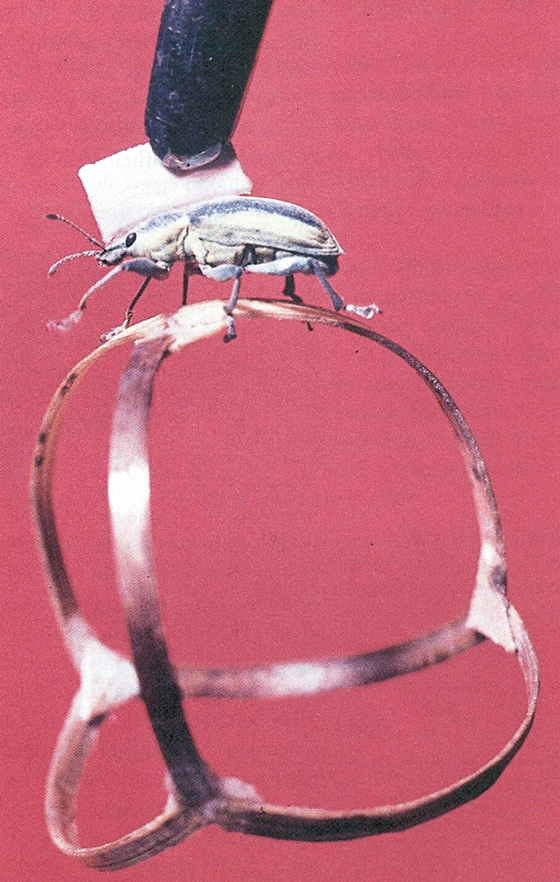 |
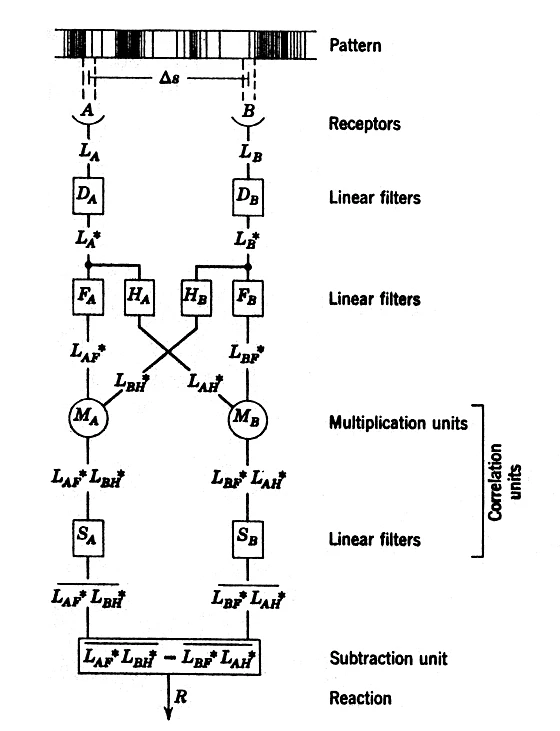 |
|---|---|
| Figure A.1 | Figure A.2 |
Their results led to the development of a model for motion detection that became known as the ‘Hassenstein-Reichardt Detector’[Fig A.2]. The core computation in this model is a delay-and-compare mechanism: delaying the brightness signal as measured by one photoreceptor by a low-pass filter and comparing it by multiplication with the instantaneous signal derived from a neighboring location. Doing this twice in a mirror-symmetrical fashion and subtracting the output signals of both subunits leads to a response that is fully directionally selective[2].
The Hassenstein-Reichardt detector, a model of motion detection in insects, has been an important inspiration for the development of bio-inspired technologies today. Neuromorphic cameras are one such example of bio-inspired computer vision. These cameras are designed to mimic the way the human retina processes visual information and send it to the brain. The term neuromorphic was coined by Carver Mead in his groundbreaking paper in 1990 [6].
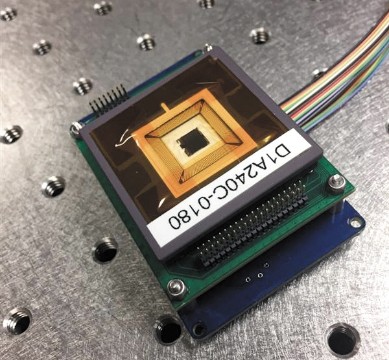
A neuromorphic camera consists of an array of sensors that mimic the structure of the retina [Fig A.3]. Each sensor detects changes in light intensity and sends a signal to a processing unit that mimics the behavior of neurons in the brain. These processing units work together to analyze the visual information and extract features, such as edges and shapes, from the scene. The resulting output is a spatio-temporal stream of data instead of conventional frames that represents the visual information. A really interesting read on this topic is the chapter on Neuromorphic Vision in the book Biologically Inspired Computer Vision: Fundamentals and Applications [7].
One of the main advantages of neuromorphic cameras is their low power consumption. Unlike traditional cameras that require a lot of power to capture and process images, neuromorphic cameras are designed to operate efficiently and consume much less power. This makes them ideal for applications where power is limited, such as in portable devices and autonomous systems. In fact, NASA has deigned Falcon Neuro[4] which is a payload to be flown on the International Space Station (ISS)[Fig A.4] to detect lightning and sprites from low earth orbit using Neuromorphic cameras. Falcon Neuro consists of two neuromorphic cameras, one nadir, and one directed ram. Both cameras work in the visible spectrum, and have a 10 degree field of view. The nadir camera will be used to detect lightning, while the ram camera is designed to detect sprites.
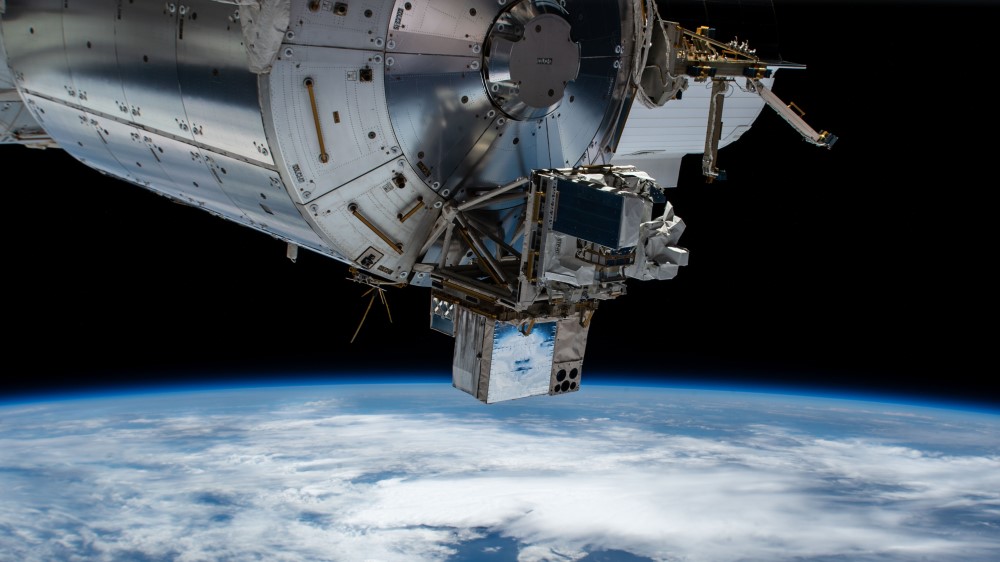 |
|---|
| Figure A.4 [5] |
Another natural application of neuromorphic vision sensors is in electronic retinal implants for restoring sight to those whose vision has been lost to disease. Pixium Vision, a French company, has developed a neuromorphic retinal implant, which use event-based sampling to provide patients with visual stimulation [8].
This whole idea of using data spikes to represent visual information has also been integrated into the design of deep neural networks[9]. This idea is to apply the lessons learnt from several decades of research in deep learning, gradient descent, backpropagation and neuroscience to biologically plausible spiking neural neural networks.
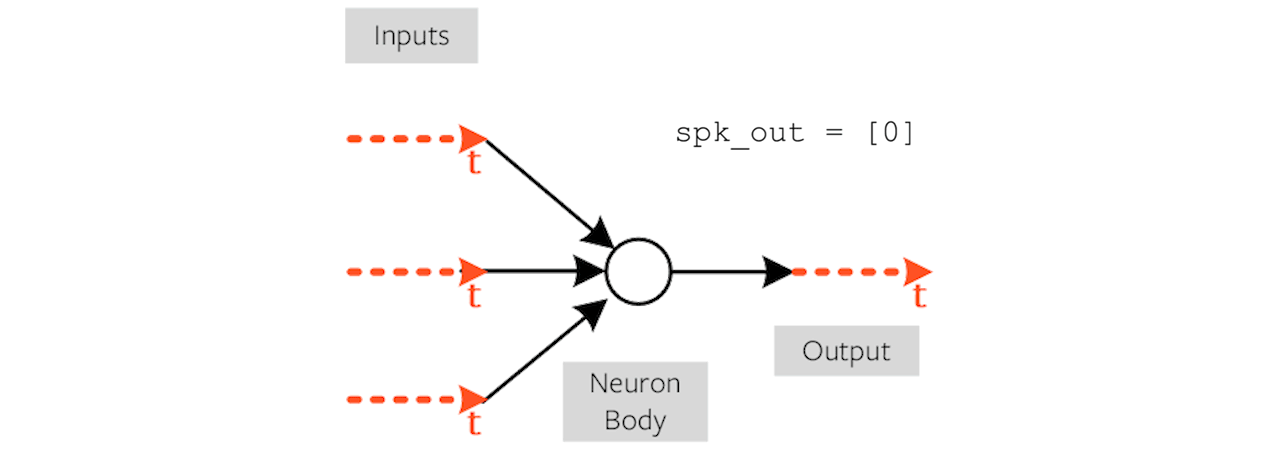 |
|---|
| Figure A.5 |
Artifical Neural Networks(ANNs) and Spiking NNs (SNNs) can model the same types of network topologies, but SNNs trade the artificial neuron model with a spiking neuron model instead [Figure A.5]. Much like the artificial neuron model, spiking neurons operate on a weighted sum of inputs. Rather than passing the result through a nonlinearity, the weighted sum contributes to the membrane potential of the neuron. If the neuron is sufficiently excited by this weighted sum, and the membrane potential reaches a threshold, then the neuron will emit a spike to its subsequent connections. But since neuronal inputs are spikes of very short bursts of electrical activity there is an integrated temporal dynamics that ‘sustain’ the membrane potential over time. The authors of the paper have any packaged this whole architecture into a python library ‘snnTorch’.
In summary, the field of bio-inspired computer vision is a very exciting area. Bio-inspired vision technology is even starting to outperform conventional, frame-based vision systems in many application fields and to establish new benchmarks in terms of redundancy suppression and data compression, DR, temporal resolution, and power efficiency. Demanding vision tasks such as real-time 3D mapping, complex multiobject tracking, or fast visual feedback loops for sensory–motor action, tasks that often pose severe, sometimes insurmountable, challenges to conventional artificial vision systems, are in reach using bioinspired vision sensing and processing techniques.
References
[1] http://www.photographyhistoryfacts.com/photography-development-history/camera-obscura-history/
[2] Borst, A. Models of motion detection. Nat Neurosci 3 (Suppl 11), 1168 (2000). https://doi.org/10.1038/81435
[4] McHarg, M. G., “Falcon Neuro—Neuromorphic Cameras for sprite and lightning detection on the International Space Station”, vol. 2020, 2020.
[5] https://spaceaustralia.com/index.php/news/world-first-neuromorphic-data-received-space-station
[6] Mead, C. (1990) Neuromorphic electronic systems. Proc. IEEE, 78(10), 1629– 1636.
[7] Herault, Jeanny. Biologically inspired computer vision: fundamentals and applications. John Wiley & Sons, 2015.ch2
[8] Posch, Christoph, Ryad Benosman, and Ralph Etienne-Cummings. “Giving machines humanlike eyes.” IEEE Spectrum 52.12 (2015): 44-49.
[9] Eshraghian, Jason K., et al. “Training spiking neural networks using lessons from deep learning.” arXiv preprint arXiv:2109.12894 (2021).